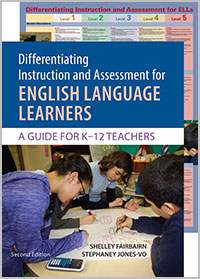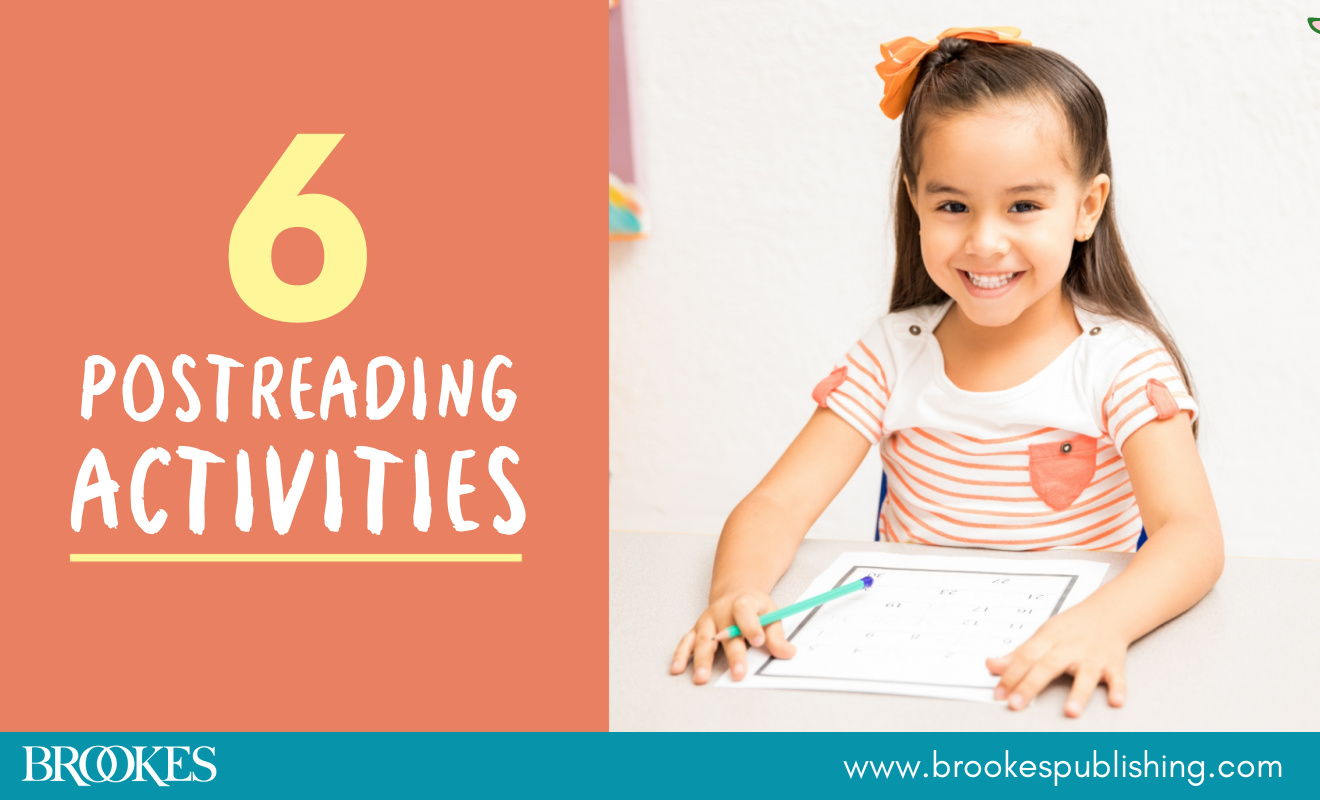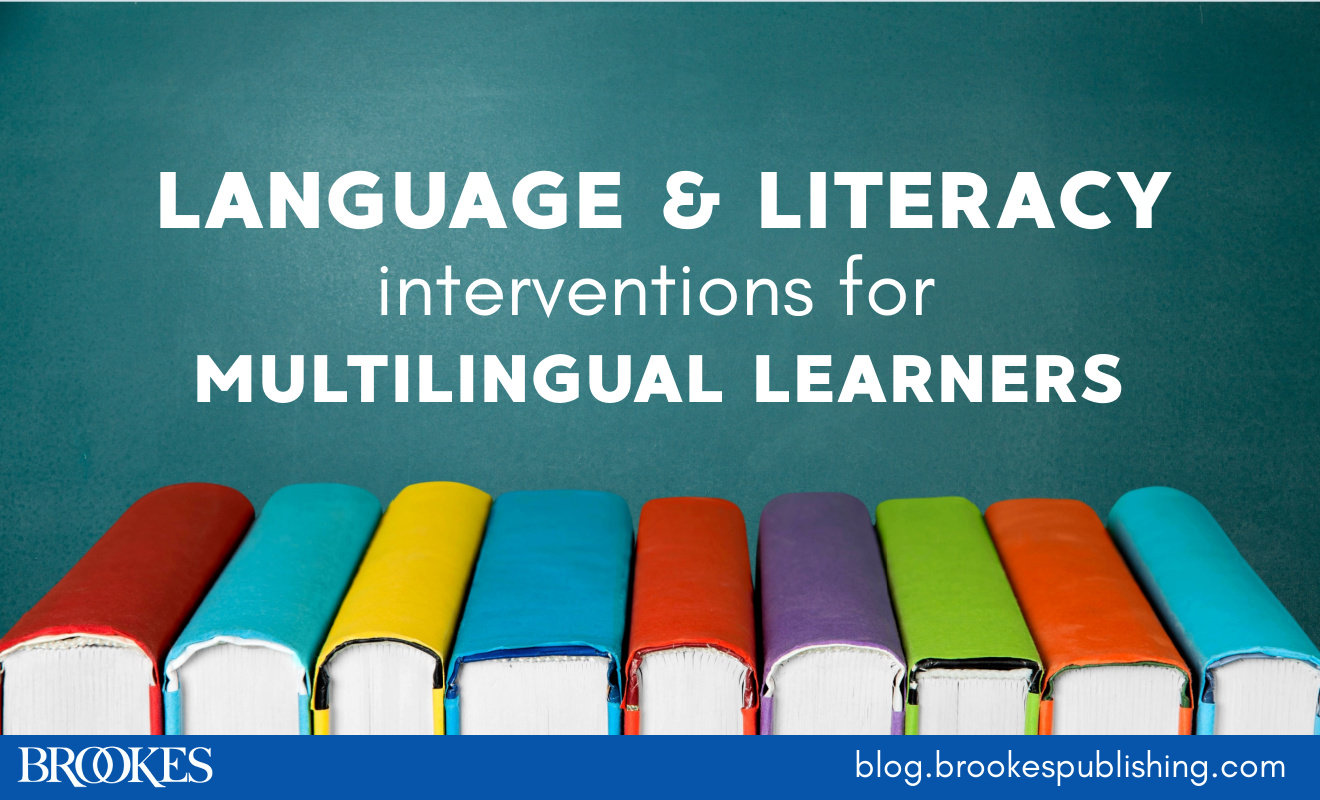5 Steps to Differentiating Instruction for English Language Learners
August 10, 2023
Differentiated instruction and assessment provide different pathways to learning so that every student in your classroom—including students from linguistically and culturally diverse backgrounds—can reach high expectations and standards. In their book Differentiating Instruction and Assessment for English Language Learners, Shelley Fairbairn & Stephaney Jones-Vo outline what teachers and specialists need to know and do to effectively differentiate instruction and assessment for the English language learners (ELLs) in their classes.
Here are 5 general steps for K-12 teachers to keep in mind, excerpted and adapted from the book:
Gather important information about your students. Begin your lesson planning by collecting the English language proficiency (ELP) levels of each ELL in listening, speaking, reading, and writing. You’ll also want to collect data about prior schooling and home language literacy, cultural background, immigrant and refugee status, special needs of students pertaining to giftedness and cognitive or behavioral disabilities, and student interests. When you understand these factors, you can design instruction that matches students’ needs, and that facilitates learning. Assessments that take these factors into account allow students to fully reflect their knowledge and skills in the content areas.
Determine long-range learning goals and set corresponding content and language objectives. Once you’ve identified the essential learning goals of an assignment for all students, create standards-based content objectives in clear, specific, and measurable terms for the units of instruction you develop. Identify the language demands of the assignment and articulate language objectives for each activity that focus attention on how students use language to achieve the content objectives (Echevarria, Vogt, & Short, 2016). Language objectives can be drawn from the oral and written language that is explicit or
implicit in the standards-based content objectives. The student descriptors show you how to differentiate language objectives and set reasonable language-based expectations for students at five ELP levels. When you differentiate language objectives according to ELP levels and use content objectives that are the same for all students, you enhance students’ simultaneous development of language and content-area knowledge and skills.





Write a Comment
Your email address will not be published. Required fields are marked *
Post a Comment